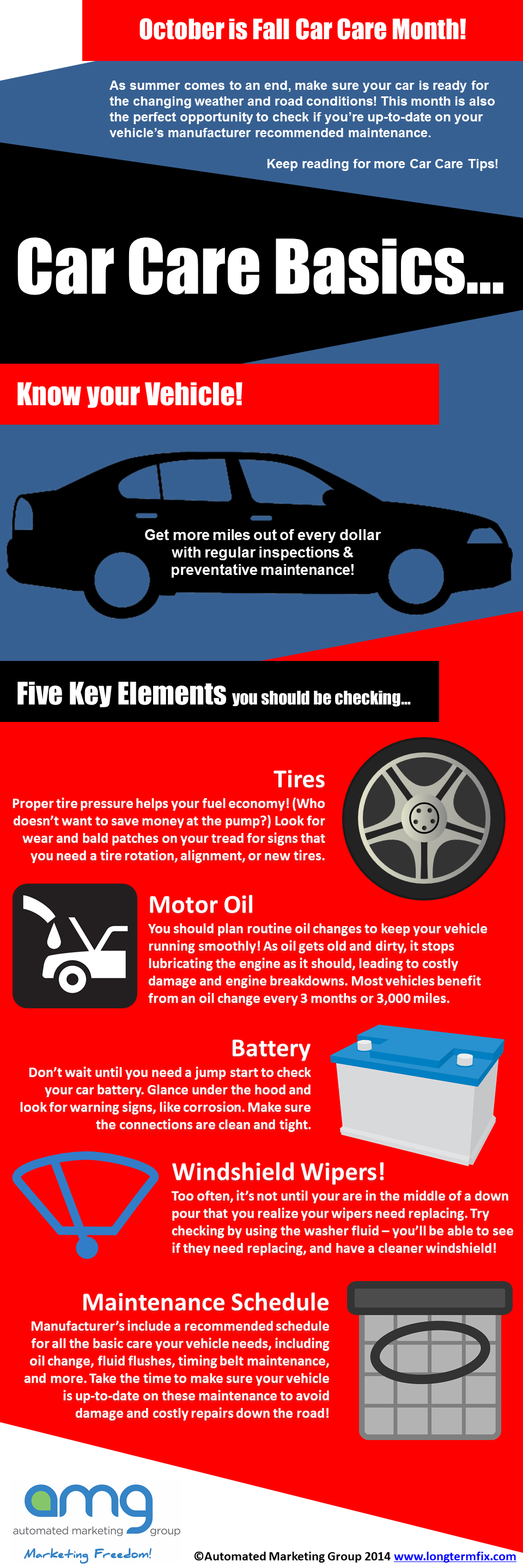Interpreting Your Automobile'S Alert Lights: Their True Implications
Interpreting Your Automobile'S Alert Lights: Their True Implications
Blog Article
Content Writer-Sykes Stark
When you're behind the wheel, those radiant caution lights on your control panel can be a bit difficult. Do you recognize what they're attempting to inform you concerning your auto's health and wellness? Understanding the relevance of these lights is vital for your safety and the durability of your automobile. So, the following time among those lights turns up, wouldn't you want to analyze its message properly and take the essential steps to resolve it?
Common Caution Lighting and Interpretations
Recognize typical warning lights in your vehicle and recognize their definitions to ensure safe driving.
One of the most normal caution lights include the check engine light, which indicates problems with the engine or exhausts system. If this light begins, it's essential to have your lorry examined immediately.
The oil stress warning light suggests reduced oil stress, needing instant interest to stop engine damage.
A flashing battery light could suggest a faulty billing system, potentially leaving you stranded otherwise attended to.
The tire stress tracking system (TPMS) light informs you to low tire pressure, impacting vehicle stability and gas effectiveness. Neglecting this can bring about harmful driving problems.
The abdominal light indicates a trouble with the anti-lock stopping system, compromising your capacity to stop rapidly in emergencies.
Finally, the coolant temperature cautioning light warns of engine overheating, which can lead to extreme damages if not resolved swiftly.
Understanding these common warning lights will aid you attend to issues promptly and keep safe driving conditions.
Relevance of Prompt Focus
Comprehending the typical warning lights in your car is only the initial step; the importance of promptly resolving these warnings can not be highlighted sufficient to ensure your security when traveling.
When car paint restoration brightens on your dashboard, it's your auto's way of connecting a possible concern that requires attention. Ignoring these cautions can result in a lot more extreme issues later on, jeopardizing your safety and possibly costing you extra out of commission.
https://connerpkeys.blogdanica.com/32039228/just-how-mobile-cars-and-truck-outlining-solutions-can-save-you-money-and-time to alerting lights can prevent failures and mishaps. For example, a flashing check engine light can show a misfire that, if left unattended, can cause damage to the catalytic converter. Addressing this promptly can conserve you from a pricey repair work.
Likewise, a brake system alerting light may indicate reduced brake liquid or worn brake pads, critical components for your security when driving.
DIY Troubleshooting Tips
If you notice a caution light on your dashboard, there are a few DIY repairing pointers you can try prior to seeking specialist aid.
The very first step is to consult your cars and truck's guidebook to comprehend what the specific warning light shows. Sometimes the issue can be as basic as a loose gas cap causing the check engine light. Tightening the gas cap may fix the trouble.
Another usual problem is a reduced battery, which can cause various cautioning lights. Examining the battery connections for rust and ensuring they're protected may deal with the issue.
If a warning light continues, you can try resetting it by detaching the vehicle's battery for a few minutes and after that reconnecting it. In addition, examining your lorry's fluid levels, such as oil, coolant, and brake liquid, can aid troubleshoot advising lights connected to these systems.
Final thought
Finally, recognizing your automobile's caution lights is crucial for keeping your automobile running efficiently and securely. By immediately attending to these signals and knowing what they suggest, you can stay clear of expensive repair work and potential breakdowns.
Bear in mind to consult your auto's guidebook for specific information on each cautioning light and take action appropriately to guarantee a trouble-free driving experience.
Keep educated, stay risk-free when traveling!
